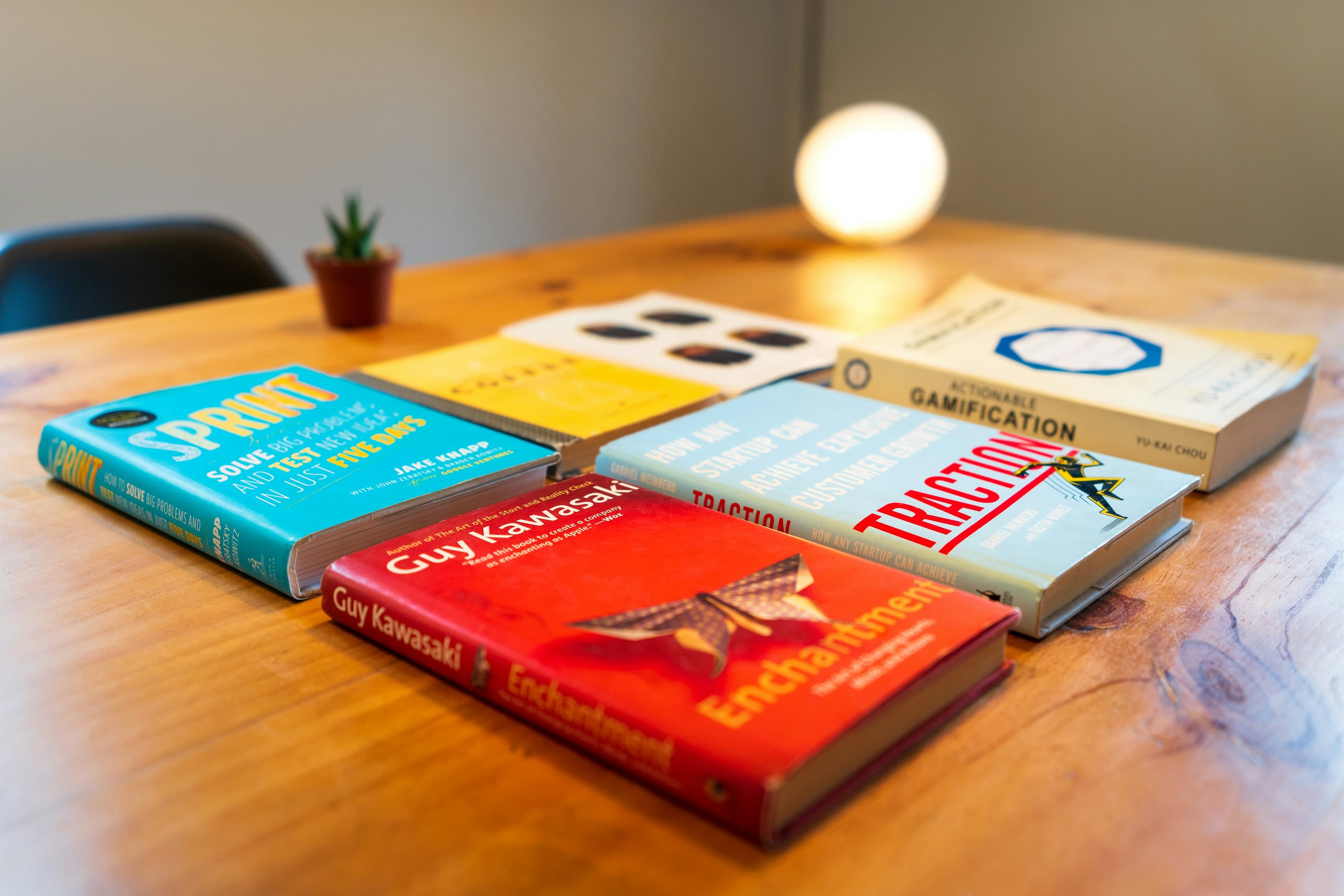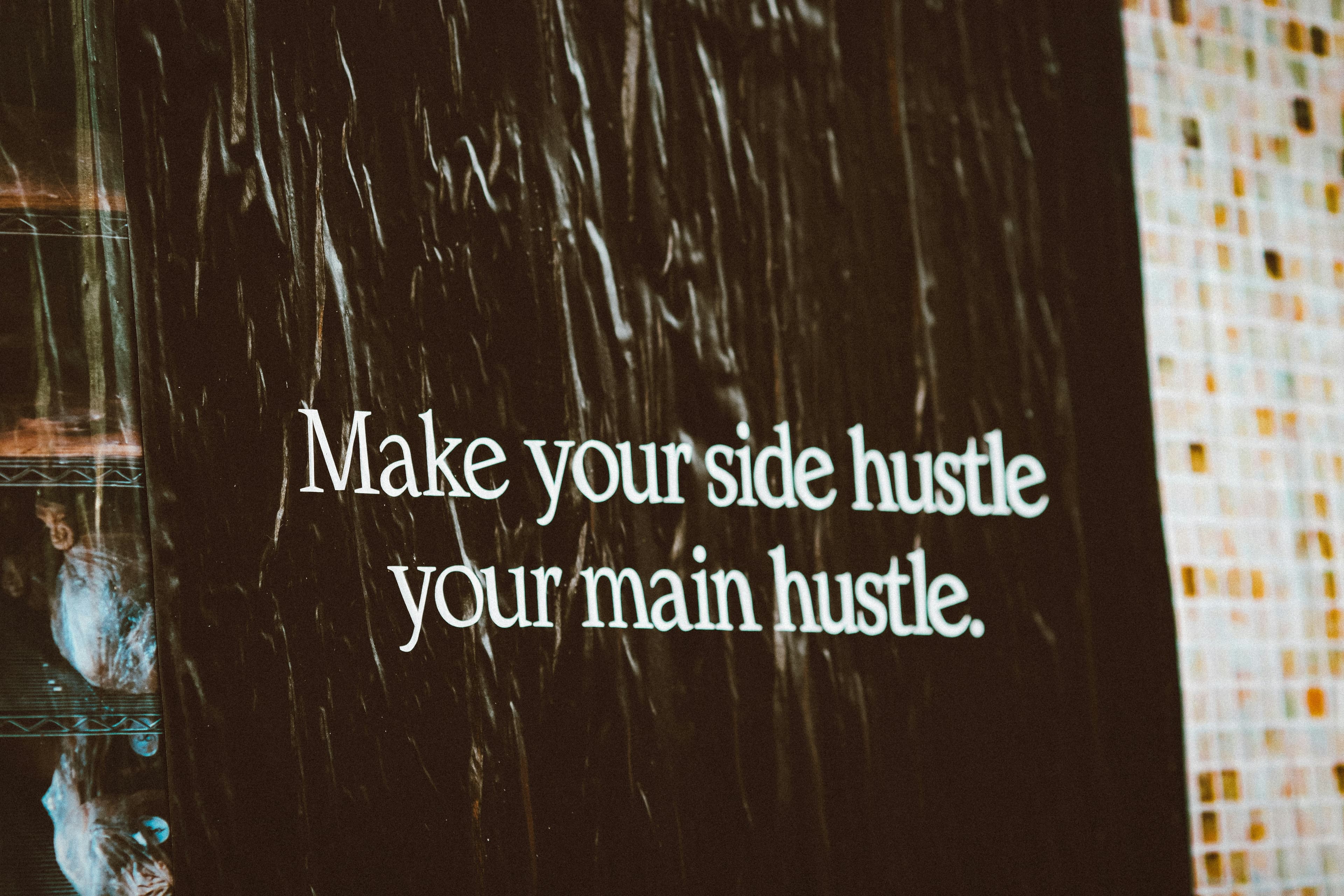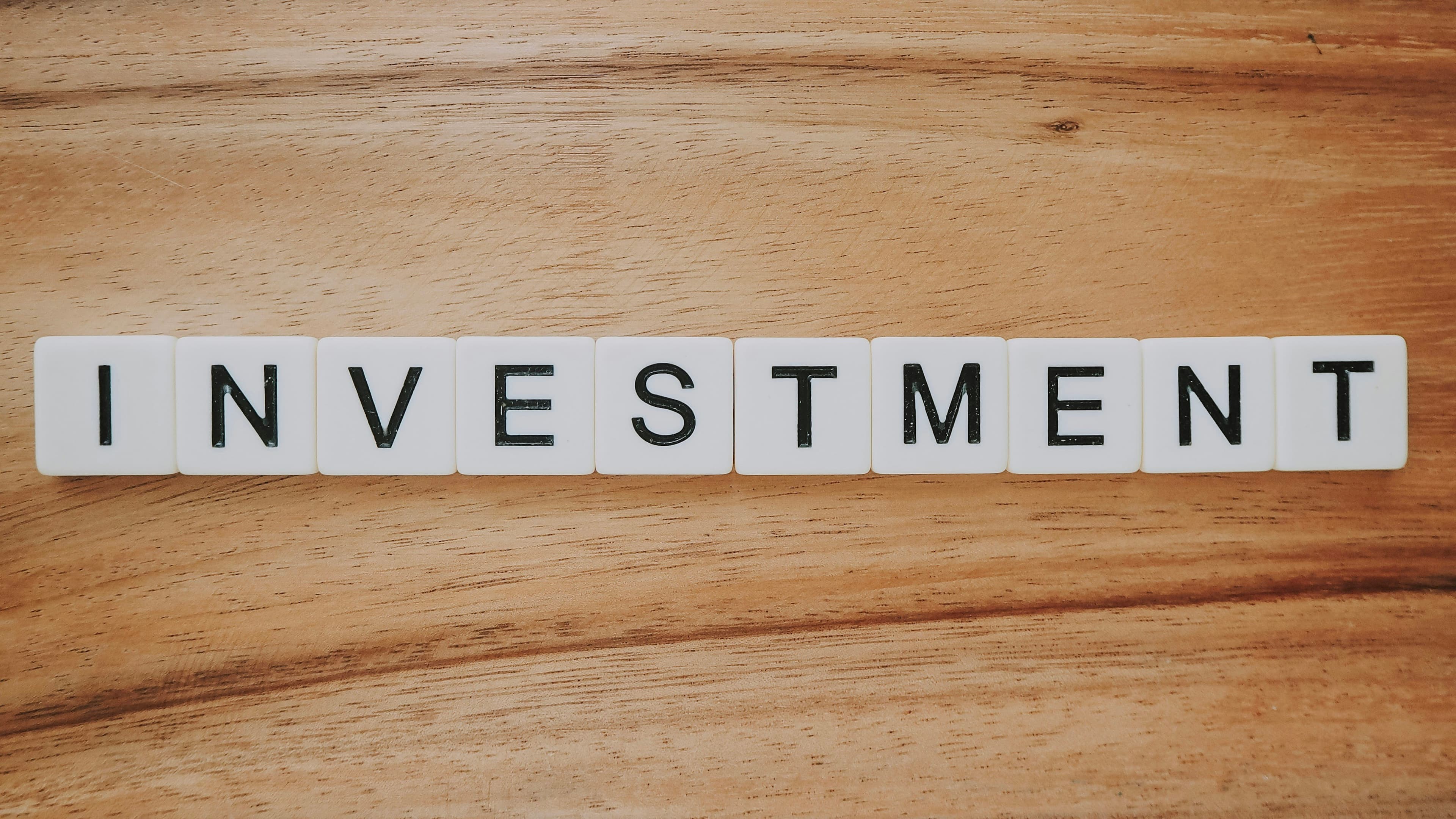How a Near-Death Experience Cured My Broken Mind

It all started on November 11, 2021, with a COVID-19 diagnosis. What began as a mild cold quickly devolved into a crushing fatigue that made it hard to even think about moving. By the 15th, I could feel the virus in my lungs, each breath becoming a conscious effort. I kept telling myself I’d push through it, but by Sunday the 21st, my wife, Michelle, knew better. She saved my life that day.
She got me to an urgent care clinic right as they opened. A doctor checked my oxygen levels and delivered the news: acute hypoxic respiratory failure. In plain English, my lungs were failing so badly that my organs and brain were being starved of oxygen and starting to shut down. I was dying. Five minutes later, I was in an ambulance, sirens blaring, heading toward the most harrowing experience of my life.
For five days, I was tethered to machines that breathed for me, surrounded by electrodes and IV lines. By day three, nothing had improved. I was on the highest level of oxygen possible short of a ventilator, and my lungs still wouldn't cooperate. The doctors were talking about moving me to the ICU. It was a dark, terrifying moment. Then, something shifted. It felt like I could physically sense the prayers and positive thoughts from my family and friends. By midday, my lungs started working again. The doctors had no explanation for the sudden turnaround. Two days after that, I was being wheeled out to my wife’s car, heading home.
They warned me the recovery would be a rollercoaster in the dark, with no way to predict the turns. The first few weeks were a mix of good and bad days, but slowly, the good ones started winning. My energy is returning, and I’m 23 pounds lighter. While I’m still waiting for the “what doesn’t kill you makes you stronger” part to kick in physically, what happened mentally was a different story entirely. A few days after I got home, I realized my entire thought process had changed. My brain had rebooted.
The Man I Was Before
To the outside world, I had it all figured out. I’d co-founded a global leadership development company, growing our initial into an organization that worked with Fortune 1000 clients in 95 countries. This afforded my family a comfortable life—a big house, a lake house for the summers, and nice vacations. I had built a successful . I was the guy on stage in front of thousands, sharing wisdom. I wrote articles, co-hosted a podcast, and appeared to be living the dream.
But that was an illusion. Inside, I was broken.
My childhood was marked by physical and emotional abuse. I lived in constant fear, always trying to be good enough to earn the love of a person who was broken themselves. That need for external validation never left me. It followed me into adulthood, fueling a deep-seated belief that I wasn’t enough on my own. As a defense mechanism, I became shy, introverted, and terrified of making mistakes. I built an alter ego—a confident, successful version of myself—to show the world. But just beneath the surface, a voice in my head constantly told me I was a fraud about to be exposed.
To quiet that voice, I turned to vices. I drank too much. I ate too much, especially candy, for the temporary sugar high. Shopping became a way to feel better, with Amazon boxes arriving daily. These were all subconscious attempts to mask the pain, but they were like a sugar high—a momentary lift followed by a crash, leaving me right back where I started. That brokenness didn't just affect me; it radiated outward, damaging my relationships and hurting the people I loved most.
The Reboot
When my brain came back online after the hospital, it was as if a switch had been flipped. The constant fear, the self-limiting beliefs, the decades of baggage—it was all gone. The 1,000-pound weight I’d been carrying my whole life had vanished. For the first time, I felt whole, complete, and good enough. It happened in phases, like a computer booting up one program at a time.
Phase 1: Seeing the World Again
A few days after I got home, I woke up and the world seemed bigger. My bedroom looked huge, the ceiling higher. Colors were more vivid, smells more potent. It was like I was experiencing everything for the first time. One night, I stood at our bedroom door and just stared at the thousands of stars in the sky, marveling at their beauty as if I’d never seen them before. The truth is, I had, but I’d never really . I saw my neighbor’s kids playing before the school bus arrived, and I watched the three-year-old sister grab her six-year-old brother’s hand. A simple, beautiful gesture of love that would have previously gone completely unnoticed.
Phase 2: Gaining an Internal Perspective
To avoid blood clots, my doctors told me to walk. While shuffling through my dining room one morning, I saw a big bag of Sour Patch Kids—my former kryptonite. Before, my broken brain would have screamed at me to eat it for comfort. I would have mindlessly devoured half the bag. But this time, I felt nothing. No urge, no desire. The candy had no power over me because the brokenness it was meant to soothe was gone. For the first time, I could look at my past behaviors objectively and see the damage my unresolved trauma had caused in my life and the lives of others.
Phase 3: Redefining My Priorities
I’d spent my entire life chasing “more”—more money, more possessions, more recognition—believing it was the path to happiness. But as I sat up in bed one morning, a tidal wave of clarity washed over me: it was all a lie. More stuff would never make me fulfilled. My whole worldview, built around the mentality and the idea of a flashy , crumbled. I finally understood that only two things truly matter: time and love.
Time is the great equalizer; we all get the same 24 hours. I realized how much of it I’d wasted on meaningless distractions. Now, I wanted every moment to count. Love is the other currency. The world is full of negativity, but I realized I get to choose what I consume and, more importantly, what I put back out. I could choose to add to the fear, or I could choose to bring more love into the world.
Phase 4: Learning to Be Present
I used to pride myself on being a master multitasker, but I was lying to myself. I was never more than 30% focused on any one thing, which meant the people I was with only ever got 30% of my attention. My brain reboot showed me what a disservice that was. I stopped wasting time on things that didn’t matter, which freed me up to be 100% engaged in my conversations. My selfishness was replaced with compassion and empathy. For the first time, I wasn’t just waiting for my turn to talk; I was truly listening and connecting.
The Aftermath
It’s been 23 days since I left that hospital. In my early 20s, I took an assessment that identified my highest value as “peace of mind.” For 56 years, I thought I’d never find it. I was wrong. The reboot freed me from the pain of my past. As strange as it sounds, I’m grateful for the experience. I almost died, but in the process, I finally learned how to live.








